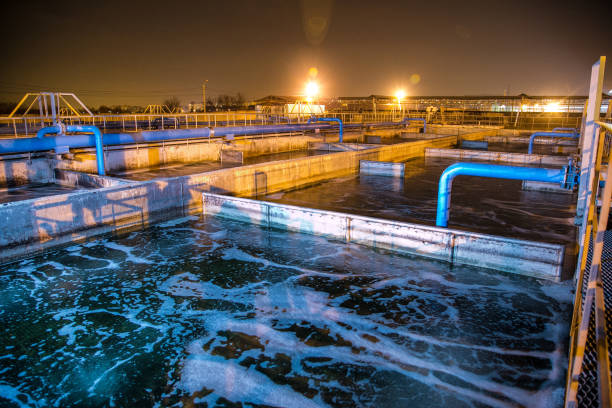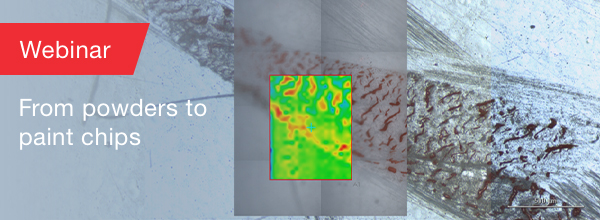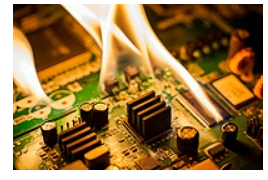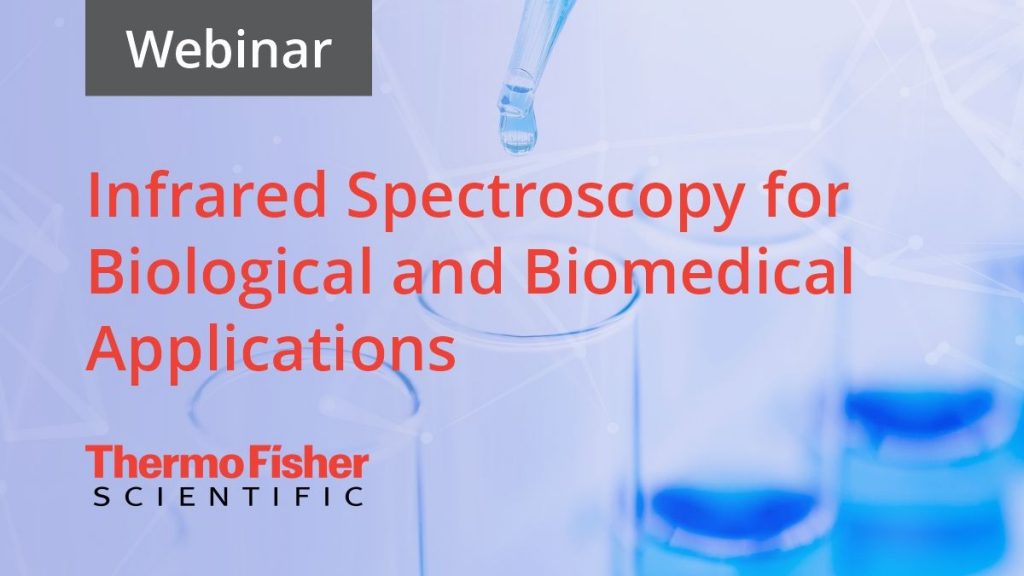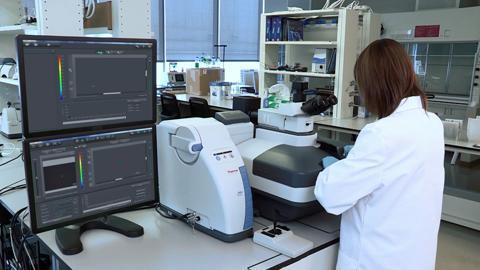Posts by Kah Men
USING ATOMIC FLUORESCENCE SPECTROMETRY FOR THE DETERMINATION OF MERCURY (Hg), ARSENIC (As), SELENIUM (Se), ANTIMONY (Sb) IN ENVIRONMENTAL SAMPLES
Soils are the major sink of these metal contaminants, while in aquatic systems, sediments are the major recipients for these pollutants. With the addition of analyte separation capabilities (which is becoming more routine) allowing for speciation studies, PSA offers powerful analytical tools to help contract laboratories, research teams and regulators alike with these determinations.
Read MoreUSING ATOMIC FLUORESCENCE SPECTROMETRY FOR THE DETERMINATION OF MERCURY, ARSENIC, SELENIUM & ANTIMONY FROM FOOD, FEED AND BEVERAGE SAMPLES
The consumption of food and drink is one of the main sources of exposure to toxic metals. Selenium, is an essential nutritional element and is often added as a supplement
to food for health benefits. It is also an important element in animal feed to ensure livestock wellbeing. Coupling Atomic Fluorescence Spectrometry (AFS) with either cold vapour generation or hydride generation has been PSA’s core
competency for over 35 years.
ONLINE WASTEWATER ANALYSIS FOR THE DETERMINATION OF MERCURY(Hg), ARSENIC (As), SELENIUM (Se) AND ANTIMONY (Sb) USING ATOMIC FLUORESCENCE SPECTROMETRY
In recent years wastewater treatment plants have been installing technologies to capture and remove the metals. The efficiency of these treatment processes needs to be monitored using accurate analytical systems.PS Analytical offers 2 fully automated online wastewater analysers are PSA 10.226 Online Hg and PSA 10.256 Online Excalibur (for As/Se)
Read MoreWebinar: Thermal Expansion – and How Thermal Analysis Can Help Create Quality Products
About this webinar: Thermal expansion produces mechanical stresses that may cause problems for a product’s longevity, especially when the thermal expansion coefficients of the used materials do differ. Thermomechanical analysis (TMA) is a perfect tool for studying the expansion behavior and softening temperature of various materials. It provides fundamental information about the coefficient of thermal…
Read MoreWebinar: From Powders to Paint Chips: Modern Microspectroscopy Draws Big Information From Tiny Samples
Attend this webinar to see how to improve the speed and accuracy of results with modern microspectroscopy systems even with users of varying skill levels. Hear what diffraction-limited IR optics, enhanced visual performance, and powerful 64-bit software with a new user interface can do in sample prep, microplastics, fiber analysis, coatings, micro-mapping and ATR analysis.
Read MoreWebinar: UL94 Flammability Tester for Plastics – Application Demo for 50 W Flame Calibration and HB Test
About this webinar: Plastic is used in almost all electronic components and applications. Short circuits or heat can cause sparks in these assemblies and ultimately a fire. For manufacturers and users of such components, it is therefore desirable to use fire-resistant or flame-retardant material. At a minimum, however, the material requirements stipulated by international standards…
Read MoreWebinar: Infrared Spectroscopy for Biological and Biomedical applications
Investigate protein secondary structures in biological samples with FTIR spectroscopy
Read MoreWHAT IS RAMAN SPECTROSCOPY?
Raman spectroscopy is a molecular analysis technique that has been adopted by industrial, forensic, environmental and research scientists to: • Identify and quantify unknown materials (e.g., Forensic evidence, art restoration) • Understand molecular structure (e.g., crystallinity, polymorphism) • Study spatial relationships between sample components (e.g., failure/defect analysis, depth profiling) Advantages of Raman Spectroscopy You may…
Read MoreTake advantage of our demo units clearance sale!
Year End Demo Units Clearance Sales! Save up to 50%!
Read MoreTake advantage of our exclusive offer for FTIR Owners
Do you have an aging FTIR Spectrometer that needs to be replaced?
Read More


